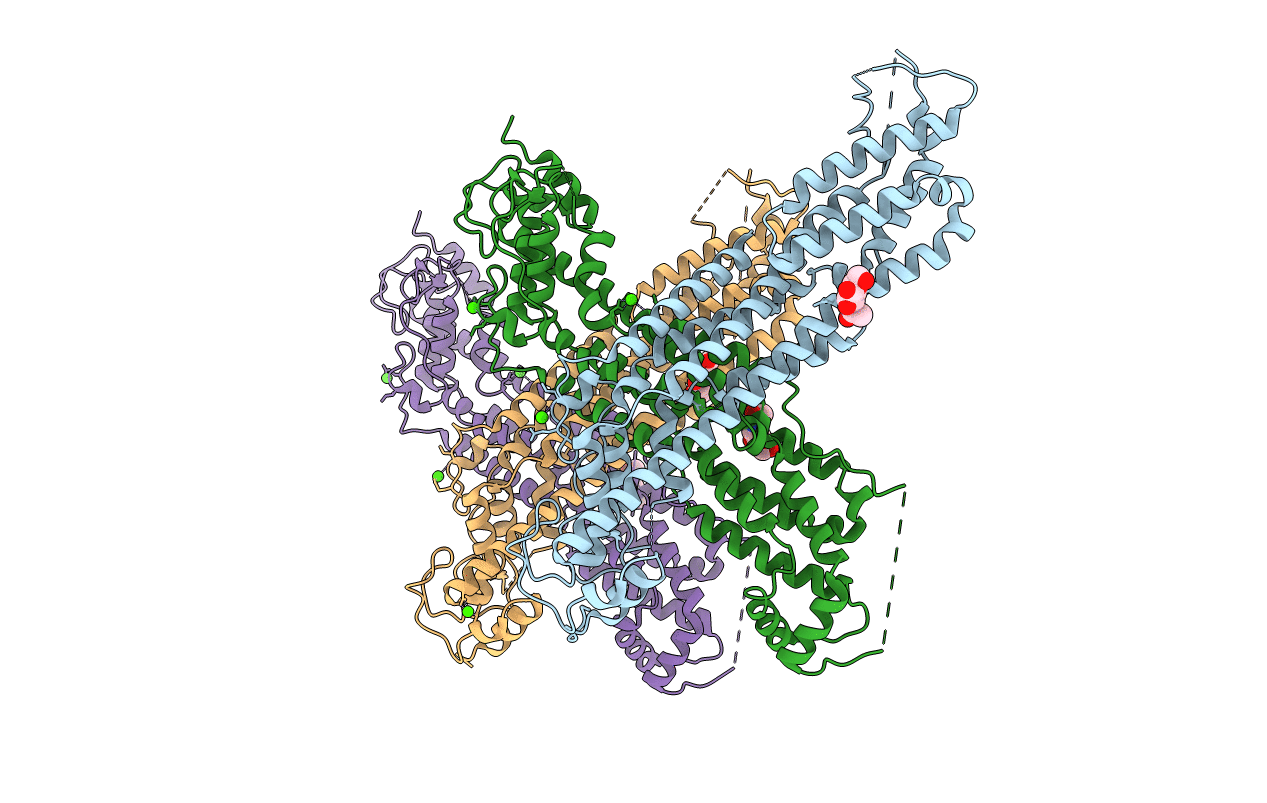
Deposition Date
2015-03-21
Release Date
2015-07-29
Last Version Date
2024-11-13
Entry Detail
PDB ID:
4YWT
Keywords:
Title:
Crystal structure of full-length glypican-1 core protein after controlled crystal dehydration to 87% relative humidity
Biological Source:
Source Organism:
Homo sapiens (Taxon ID: 9606)
Host Organism:
Method Details:
Experimental Method:
Resolution:
2.38 Å
R-Value Free:
0.27
R-Value Work:
0.23
R-Value Observed:
0.23
Space Group:
P 1 21 1


